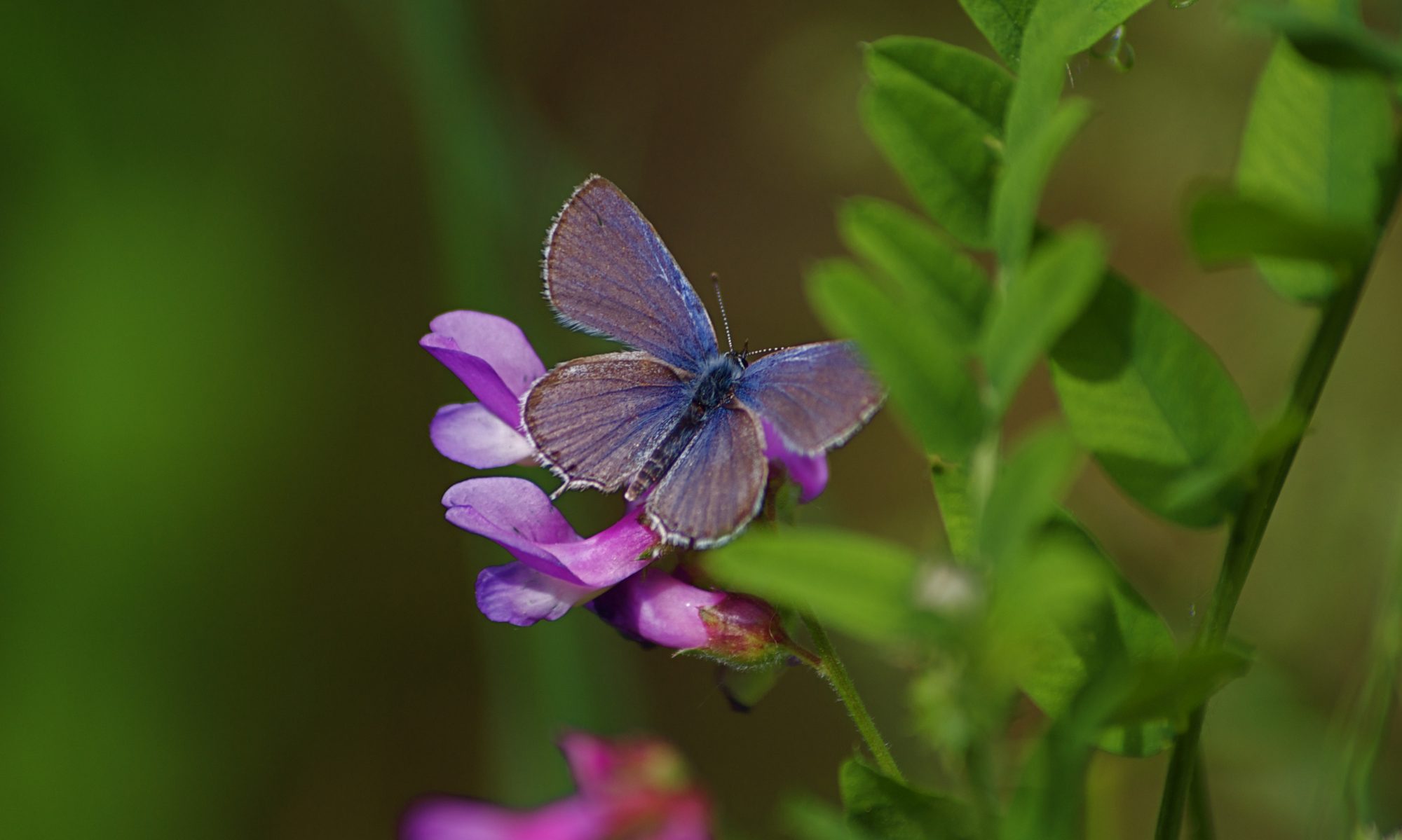A biodiversity beetle byte. Yum!
If we can ignore the Fukushimas and Chernobyls, the uranium mining near the Grand Canyon, (and to be clear we shouldn’t ignore them, just place them in better context, perhaps), nuclear power’s attraction when it comes to minimizing impact on the wilds of the world is fairly obvious. The authors noted that the average person living in a developed nation will use a total amount of energy over his/her lifetime equivalent that stored within one golf-ball-sized lump of uranium. Check out the chart below to see how that measures up to other power sources.
…Nature pulled together the most reliable available data to provide a graphic status report of life on Earth (see ‘Life under threat’). Among the groups that can be assessed, amphibians stand out as the most imperilled: 41% face the threat of extinction, in part because of devastating epidemics caused by chytrid fungi. Large fractions of mammals and birds face significant threats because of habitat loss and degradation, as well as activities such as hunting.
I remembered that when I read the news that the world has lost 52% of its vertebrate wildlife over the past 40 years. It’s a figure from which I’m still reeling. To love the natural world is to suffer a series of griefs, each compounding the last. It is to be overtaken by disbelief that we could treat it in this fashion. And, in the darkest moments, it is to succumb to helplessness, to the conviction that we will keep eroding our world of wonders until almost nothing of it remains. There is hope – real hope – as I will explain, but at times like this it seems remote.
See ten species of American bee in pin-sharp detail and find out how they live.
The illegible text of Wallace’s notebook has at last been revealed using a new hyperspectral imaging system at the British Library. While the human eye only sees a small portion of the electromagnetic spectrum, which we call visible light, hyperspectral imaging can detect wavelengths invisible to the human eye and convert these into an image that we can see. The technique can reveal hidden detail, such as the traces left by a pencil marking a page. The newly revealed pages of the notebook contain a wealth of information about fish, snakes, birds, bats and many others creatures that Wallace collected.
